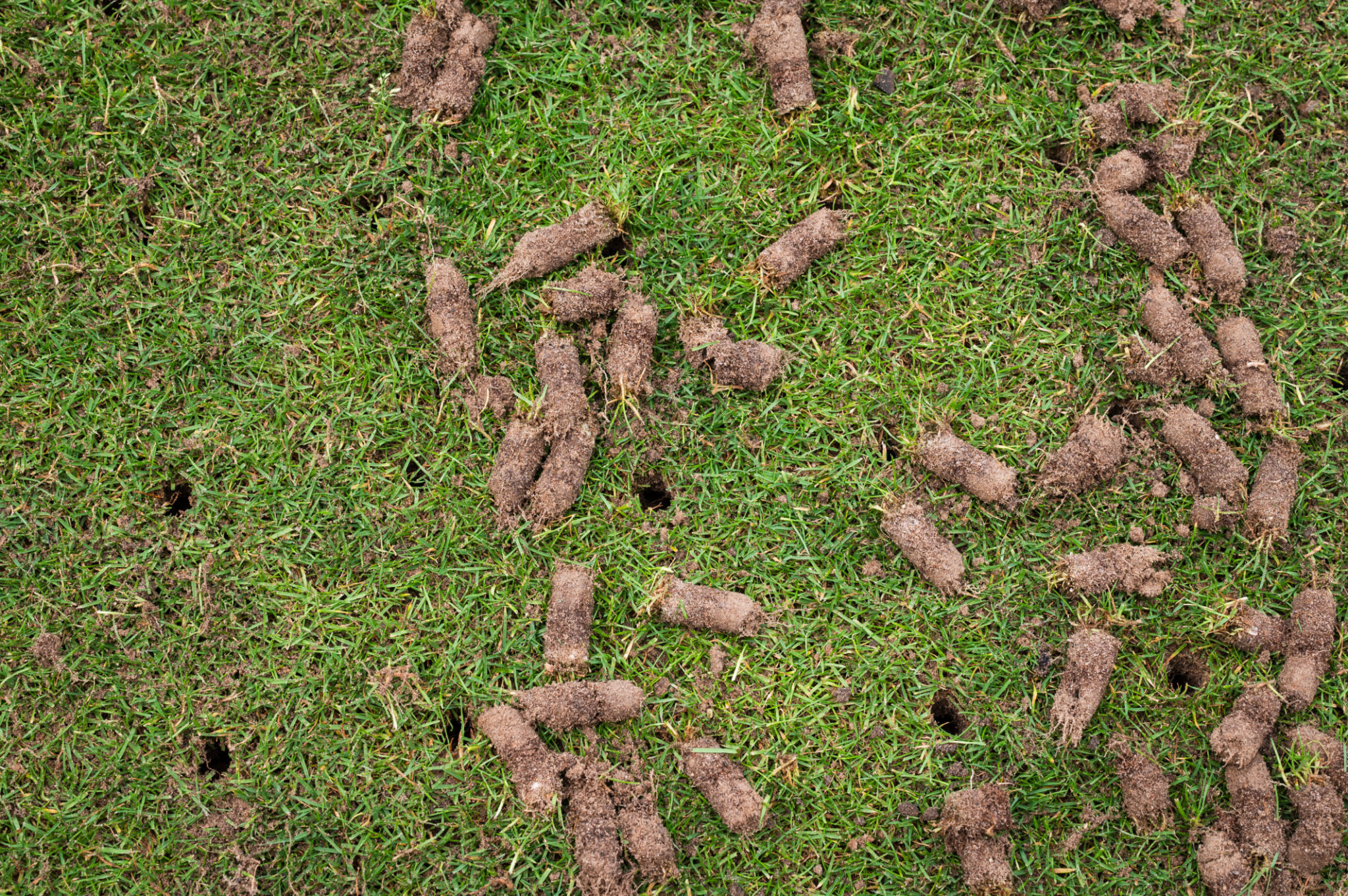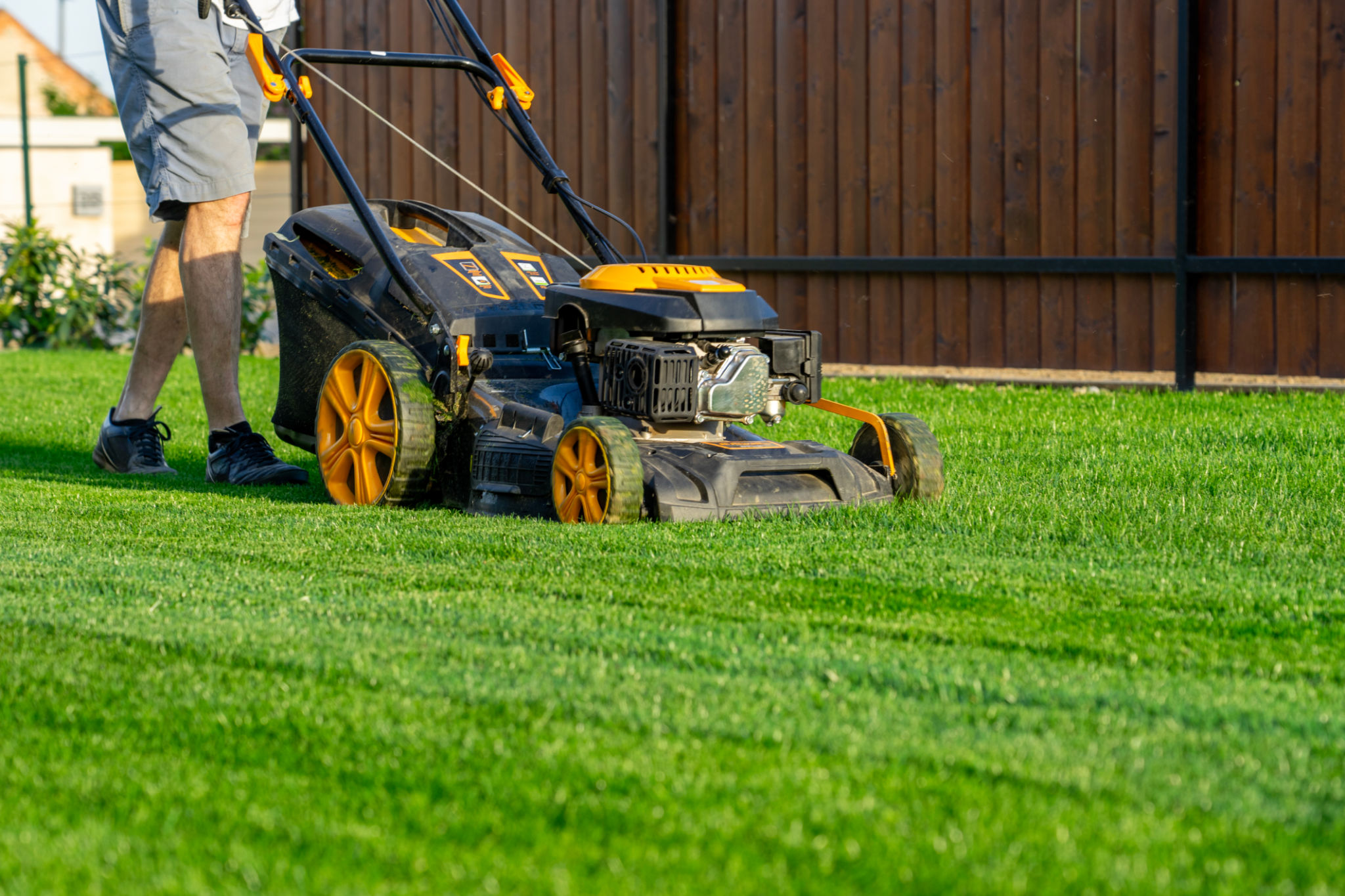Preparing Your Lawn for Spring: Expert Tips from Green Tides LLC
Understanding Your Lawn's Needs
As spring approaches, it's time to give your lawn the attention it deserves after a long winter. Each lawn has its unique needs, depending on factors like soil type, grass species, and climate. At Green Tides LLC, we believe that understanding these elements is crucial for a thriving lawn. By assessing the condition of your grass and soil, you can tailor your approach to ensure optimal growth and health.
Begin by testing your soil's pH level and nutrient content. This will provide insights into any deficiencies that need to be addressed. You can use a simple home test kit for this purpose, or reach out to professionals for a more detailed analysis. Knowing whether your soil is acidic or alkaline will help you choose the right fertilizers and amendments.

Clearing Debris and Thatching
The first step in preparing your lawn is to clear away any winter debris. Fallen leaves, branches, and other organic matter can smother your grass, preventing sunlight and air from reaching the soil. Rake your lawn thoroughly to remove these obstructions and encourage healthy growth.
Thatch—a layer of dead grass and roots—can also impede your lawn’s health by blocking water and nutrients. If the thatch layer exceeds half an inch, dethatching is necessary. This process involves using a specialized rake or machine to break up and remove the excess material.
Aeration: Letting Your Lawn Breathe
Aeration is a vital step in lawn care that involves perforating the soil with small holes to allow air, water, and nutrients to penetrate the grass roots. This process helps alleviate soil compaction, promoting better root development and resilience against drought.

The best time for aeration is early spring when the grass is actively growing. You can use a manual core aerator or hire a professional service to ensure even coverage across your lawn.
Feeding and Seeding
Once your lawn is aerated, it's time to nourish it with the right fertilizers. Choose a balanced, slow-release fertilizer that provides essential nutrients over an extended period. This approach ensures steady growth without overwhelming the grass.
If you notice bare patches or thinning areas, overseeding can help. Spread grass seed evenly across these spots to encourage new growth. Be sure to select a seed mix that matches your existing grass type for a uniform appearance.

Watering Wisely
Proper watering is crucial for maintaining a healthy lawn. As temperatures rise, adjust your watering schedule to meet the increasing demands of spring growth. Water deeply but infrequently, ensuring the soil is moistened to a depth of 6-8 inches.
Early morning is the best time to water, as it reduces evaporation and allows grass blades to dry before evening, minimizing disease risk. Aim for about 1-1.5 inches of water per week, either from rainfall or irrigation.
Mowing with Care
As your lawn begins to grow again, regular mowing becomes essential. Set your mower blades to the correct height for your grass type—generally around 2.5 to 3 inches—to maintain optimum health. Never cut more than one-third of the grass height at once to prevent stress.

Sharpen mower blades regularly to ensure clean cuts, which reduce the likelihood of disease. Additionally, consider leaving grass clippings on the lawn as a natural fertilizer, returning nutrients back to the soil.
By following these expert tips from Green Tides LLC, you'll set the stage for a lush and vibrant lawn this spring. With careful preparation and consistent maintenance, your lawn will be the envy of the neighborhood, providing a beautiful outdoor space for relaxation and enjoyment.